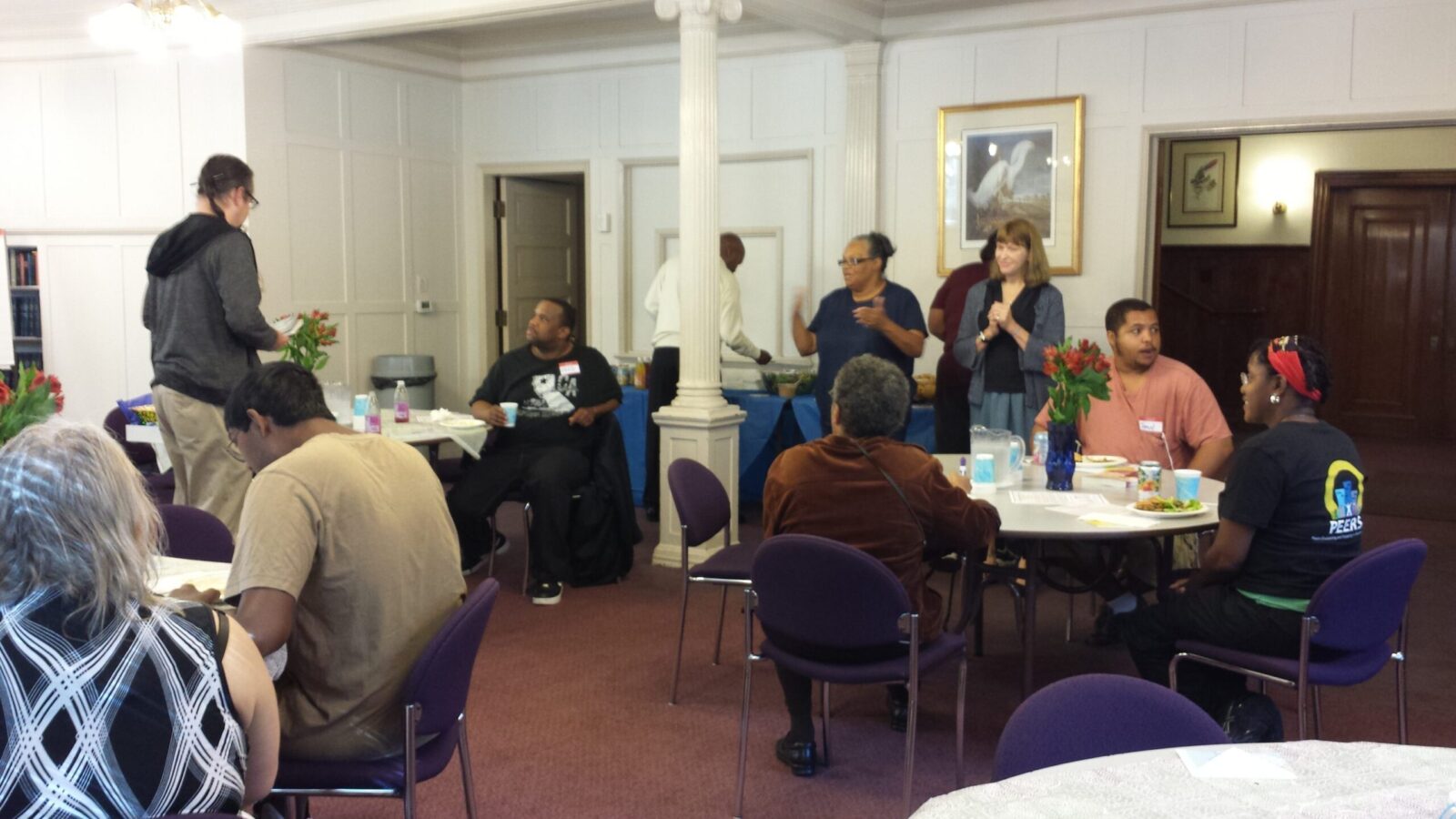Description
Educational Objective:
Historically, clinicians are trained to avoid engaging with people when they are in an emergency state for fear of escalating symptoms. However, is this escalation more the result of the recipient feeling judged and their suffering invalidated, than the implicit wrongness of exploring these experiences? Is it possible to learn to listen with open hearts?
Given one to two hours, I provide an introduction to a larger workshop that is aimed at establishing a road-map to the rabbit-hole, The goal is to help recipients be better listeners and more motivated to join with participants in examining experiences associated with “delusions,” “alternative realities,” or extreme states of consciousness.
My larger workshop redefines what is happening during a person’s journey through madness in a structured way that justifies intervention and highlights solutions.
This shorter presentation is designed to can help a clinician feel confident that listening and intervening has value and can be necessary to form an alliance. The focus is on message mindfulness or paying more attention to the internal processes that must be experienced accepted and ultimately emotionally contained to engage in social rehabilitation. It is awful hard to achieve message mindfulness when message receivers are not allowed to speak of, or supported to examine, those internal processes
This presentation is intended for all levels of trainees. It may also be helpful to family members. Parts of it are introductory and parts are advanced. It is intended to inspire clinicians to bravely address the issues that are experienced in a psychotic break or what becomes redefined as a special message crisis.
I have written multiple drafts of a book to guide me in the development of this redefinition of psychosis. for more advanced articles associated with this model, click here.
Short Outline of the Larger Presentation:
- Limitations of the Medical Model Definition
- The Jargon of a new definition with solution concepts
- Joining
- Flexing
- Behavioral changes
- Anti-Stigma Cognition
- Reframing Reality
- Using the Material
- Writing meaningful Treatment Plans
Presentations History:
Tim Dreby has been running professional survivor-led psychosis focus groups for the past twelve years in a public Intensive Outpatient Program at Highland Hospital in Oakland CA. He has a Masters of Education from Temple University obtained in 1998 and a MFT License obtained in 2008. He also survived a mid-career “schizophrenia” diagnosis that involved a three-month hospitalization in Montana State Hospital and a two-year emergency state about which he wrote an award-winning memoir.
In 2013, Tim Dreby authored an Alameda County Innovations Grant and started to make public presentations with a small band of people with lived experience. Since the close of this program he has been presenting and developing this material in local venues and through collaborations with the Bay Area Hearing Voices Network. This has involved annual presentations at the California Association of Social Rehabilitation Conference and other local venues. He has provided this training for six hours of CEU Credit for Solano County.
Presentation Outline:
- Introduction
- The Medical Model Definition
- Mainstream Treatment that Results
- Treating Psychosis Across Diagnostic Divides
- What Does Neurobiology Say?
- Creating a New Definition
- How the Jargon was Created
- Connection to HVN
- Training Phase One: Joining
- Story of a day in my life
15 Minute Break
-
- Special Messages Component of Psychosis #1
- These are a collection of triggering experiences that give us special information of which others may not be aware
- Worksheet
- Sleuthing Concept introduced in diagram but not fully defined
- Divergent Views Component of Psychosis #2
- Streams of thought about the way the world works that arise from special messages. These are thoughts that explain how the messages are possible. These are speculations we make that often aren’t wrong; in fact, many may be magically be righter than mainstream ideas in a sense, but most people will tell us they are wrong.
- Message Mindfulness Solution Strategy #1
- Being able to identify the message experiences without concern for what caused them or what they look like. Letting go of the divergent views. Not judging or emotionally responding to the fact that the message happened.
- Sleuthing Component of Psychosis #3
- A state of mind in which we are straining to find the truth about special messages. This works with our powerful affective state and may seem like a way of surviving or exploring.
- Recovery and Reality Tasks Solution Strategy #2
- These are grounding activities that can give you rest and relaxation from your message experience. They involve distracting mastery tasks that can help us focus and heal trauma, by building self-esteem in ways that address survival needs.
- How to emphasize and cultivate.
- Special Messages Component of Psychosis #1







http://zwickausuche.de/ –
You have one of the better web pages.|
vurtil opmer –
Hi, i think that i saw you visited my web site so i came to “return the favor”.I’m attempting to find things to enhance my site!I suppose its ok to use a few of your ideas!!